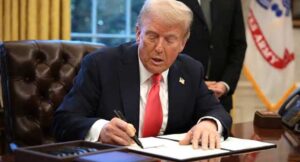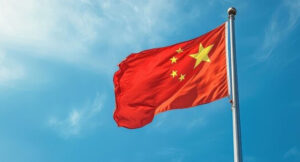Most companies leveraging Extended Reality (XR) do not tap into one of its most valuable assets—data. Despite having the tools to capture rich insights, businesses primarily use XR for engagement rather than as a data-driven resource to measure ROI, optimize performance, and enhance customer experiences. According to a new report from global technology intelligence firm ABI Research, organizations are not fully harnessing XR’s potential because they either lack awareness of its role as a valuable data source or do not understand its benefits in this capacity.
“When discussing with companies how they measure their success rates, or with what data they approach customers to convince them XR is a business tool, most said that they use their own case studies as proof of success, or customer questionnaires to understand the usefulness of their product,” explains Matilda Beinat, Research Analyst at ABI Research. “With that in mind, approaching companies that offer modes for XR as a data source expressed similar findings – most companies do not gather biometric and usage-based data, and more importantly, they do not completely understand the benefits of tangible results to prove success rates.”
While many companies are missing an important opportunity, innovators like Cognitive3D, InContext Solutions, and XRHealth are demonstrating the transformative potential of XR data. Cognitive3D’s platform captures detailed spatial analytics and user interactions within XR environments, providing businesses with unprecedented insight into user behavior and engagement. This data empowers data-driven decisions for ROI measurement, design optimization, and enhanced customer experiences. InContext Solutions leverages XR for real-time retail insights, allowing brands to test store layouts and product placements virtually before costly real-world implementations. XRHealth is revolutionizing healthcare by using XR data to personalize therapies and track patient progress, enabling clinicians to precisely measure recovery outcomes.
These companies showcase the untapped power of XR as a data source, proving its ability to drive measurable success. By harnessing XR data effectively, organizations gain actionable insights for transforming operations and elevating customer engagement. This represents a significant opportunity for businesses across industries, and those who embrace XR data now stand to gain a considerable competitive advantage.
“In the age of immersive experiences, data is the key to unlocking competitive advantage. With the way Artificial Intelligence (AI) is moving forward, and how it is being paired with XR, it is important to understand the benefits of data, how it should be used, and why it should be used,” says Beinat. “XR is often viewed as a platform for engagement, but it’s also a powerful source of information. Shifting our perspective to recognize this data potential is crucial for realizing its full value.” ABI Research









